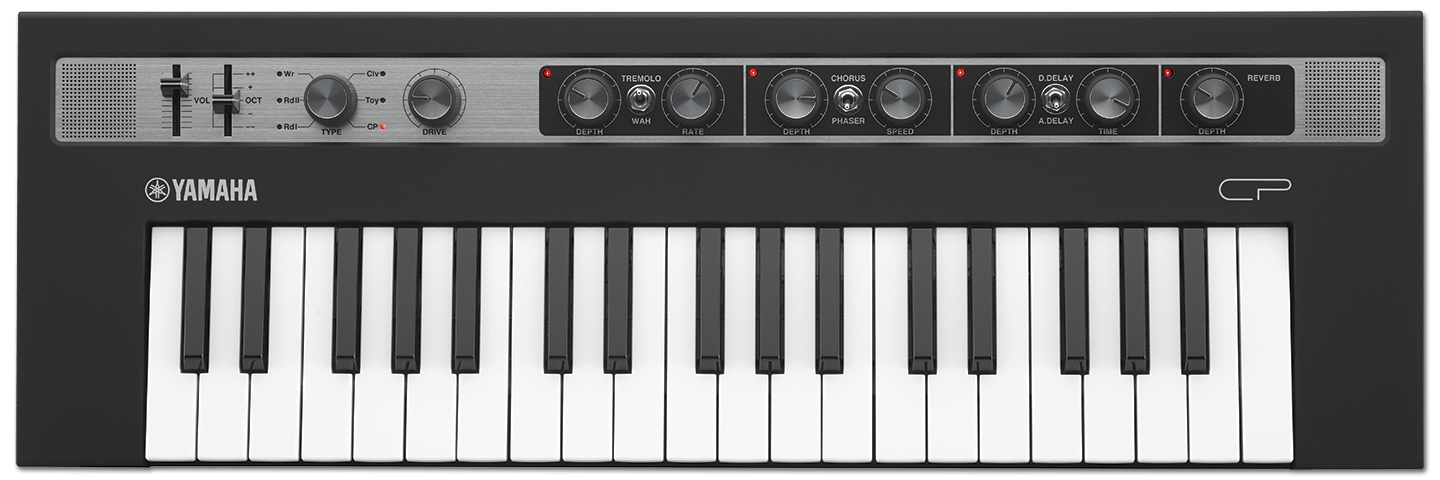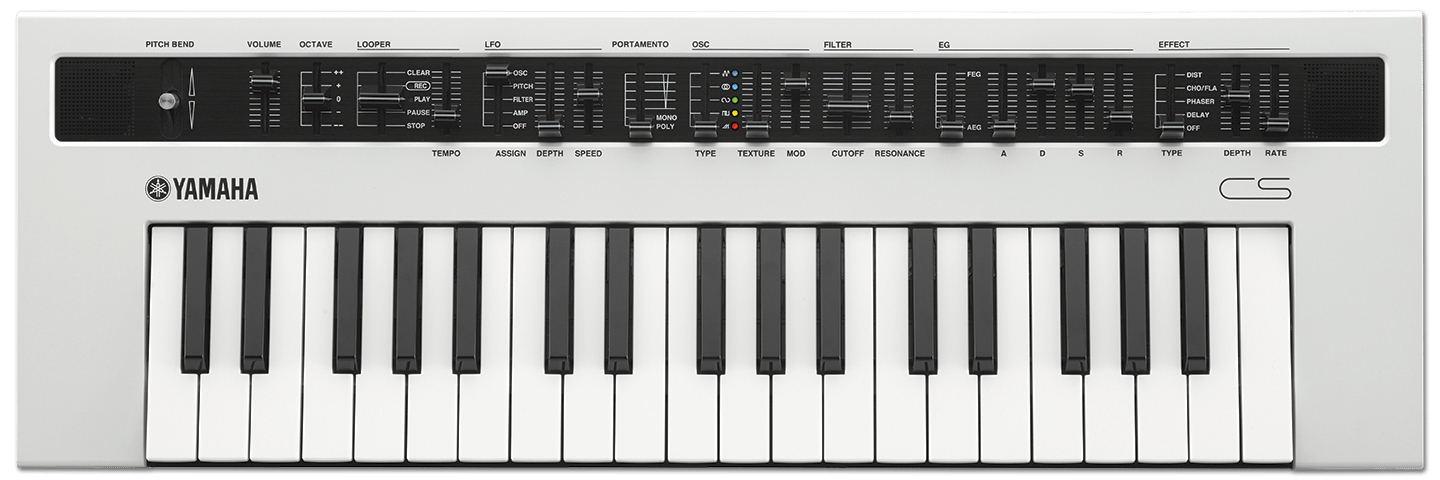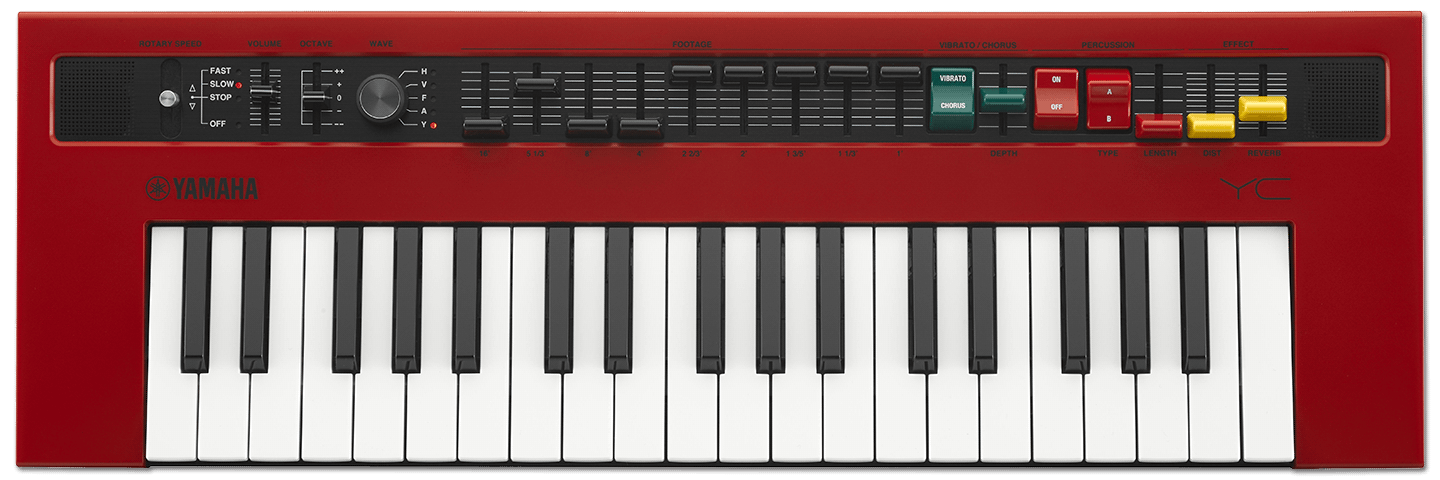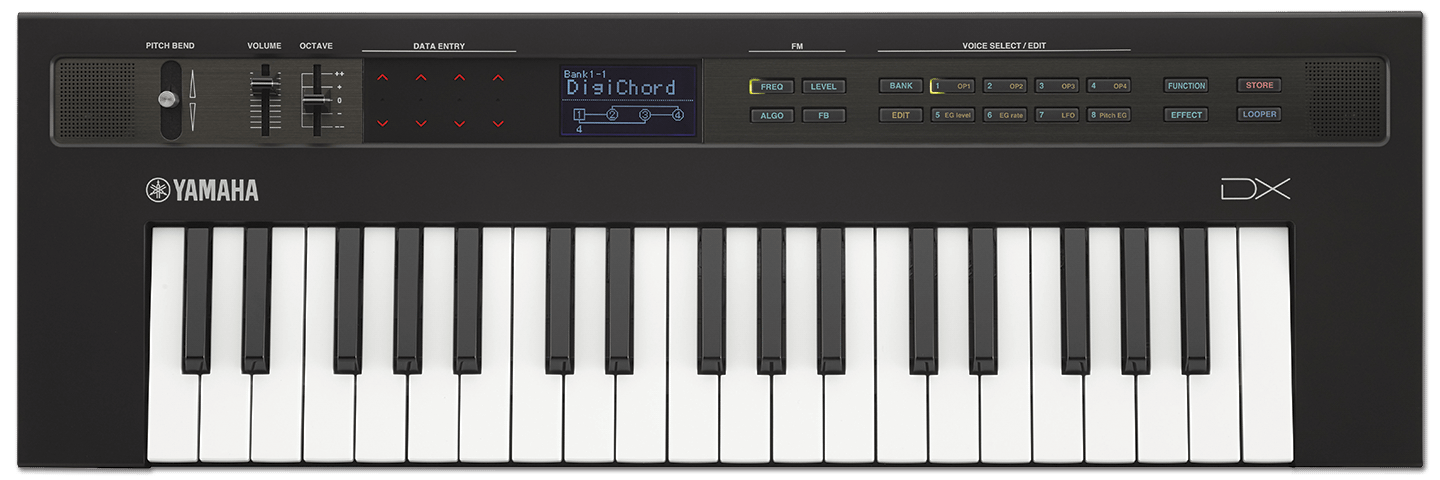
Review: Yamaha Reface Mini-Keyboards
The Yamaha Reface range of keyboards look a little toy-ish. Which is fine, because they deliver on the fun.
When four battery-powered baby keyboards with mini-keys and built-in speakers arrived at the AT office, no one was expecting much. To be honest we could barely muster the energy to bust them out of their boxes. But, boy, are we glad we did. The office is hooked and I can say the Yamaha Reface is the most fun I’ve had with a keyboard in years.
The Yamaha Reface family consists of four mobile mini-keyboards, each based on a classic Yamaha keyboard from yesteryear. They all sport four octaves of mini-keys, and are capable of an impressively broad spectrum of sounds. The back panels feature USB and MIDI connectivity, an Aux In port, headphones output, and two 6.5mm line outputs for stereo.
Reface isn’t for the purists — although plenty of synth nerds will indulge, no question — rather, they’re built for portability, playability and fun. They hit a sweetspot where you’ll be just as happy popping one in a backpack, jamming with friends around a campfire, or laying down synth lines in your studio.
No one is suggesting Reface will replace your hammer-action 88-note controller keyboard or even the synths they’re emulated on. In fact, whether they’re an utterly faithful recreation of the vintage original or not is irrelevant — start playing with one and you won’t care in the slightest. They’re endlessly tweakable, portable, solid, and boast a very impressive sound.
NEED TO KNOW




We get the film rolling on our first impressions of the Reface family.
















RESPONSES